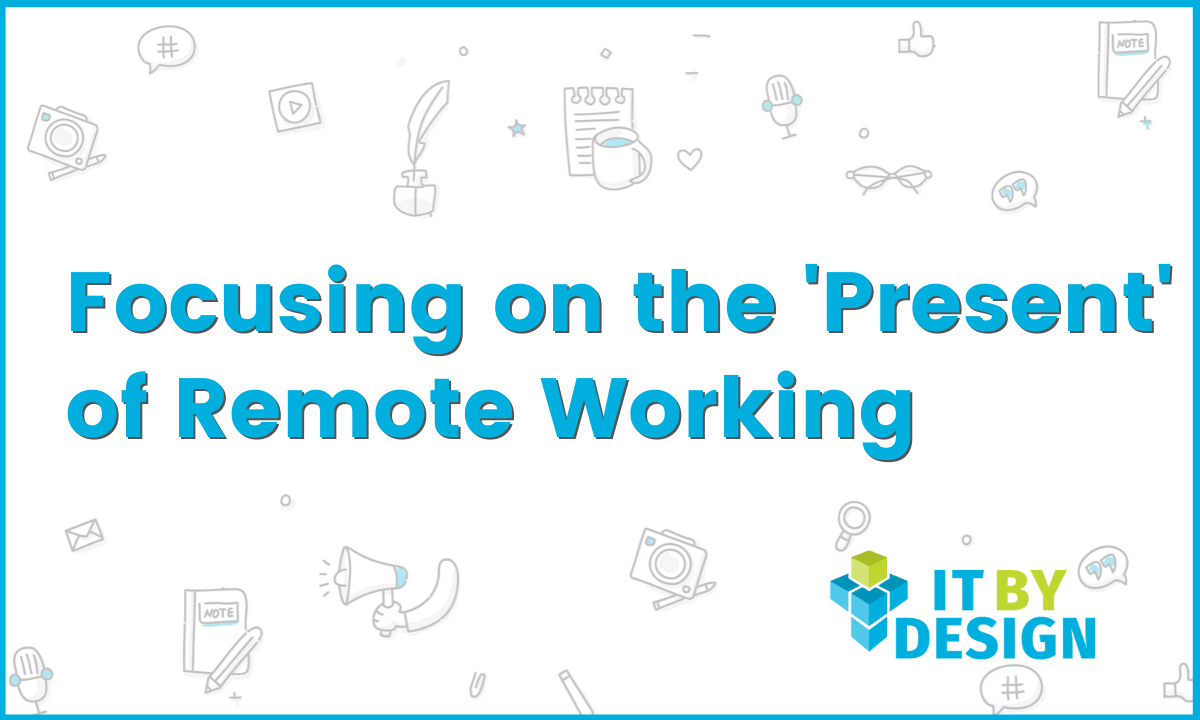All rules for business and social interactions are shredded by the ongoing coronavirus outbreak. Many organizations that have never maintained remote working as work policy are now wondering if enforced working from home could last for weeks or even months.
What you may not realized before this switch to work from home is that remote employees can be as content and productive as employees based in offices. Not having to commute is clearly the most popular benefit here. But working remotely comes with its own set of problems. Managing at-home distractions, collaborating with colleagues and clients, or simple isolation are some of the issues that must be addressed at the employee’s end with support from employers.
Irrespective of the nature of business, companies with newly remote workforces need a framework, some rules, and some creativity. As an all-remote company with teams in many countries, we were working on positive WFH habits with our remote workers way before social distancing became the norm of the day. As part of our #BestOfUs initiative, I would like to share some of these practices with you.
First, protect your remote infrastructure during work from home time
If you are an MSP, it is time to have strict Bring Your Own Device (BYOD) guidelines and policies for staff wanting to use personal devices to access corporate networks. These policies require every BYOD device – smartphone, tablet, laptop, etc. – to receive authorization by the IT department before connection to the network is allowed.
Ask your IT department to install cybersecurity solutions that are designed with remote workforces in mind and allow the extension of firewall policies. Employees using cloud-delivered applications and services must only use those approved by their managers and accessed via the corporate network.
Also, this is the time to make the most of enterprise applications. Ask your teams to store data on OneDrive; schedule video meetings using tools like Microsoft Teams or Zoom. And if your team needs access to internal systems through a VPN, ask your IT team to ensure that everyone who needs it has easy access to it only after the approval from the CTO.
Let communications be little informal
All businesses forced to go remote need to take a formal approach to designing informal communication. In a time of crisis, we all need to create an atmosphere where employees feel at ease reaching out to colleagues through a video call or a chat application, to talk about non-work topics, too. Remember, under the best of circumstances, working remote can be lonely—with the current stressful atmosphere, that can be an even bigger hurdle.
We have asked our HR team to continue with our ‘Fun Friday’ and ‘Happy Birthday’ sessions. Even in times of social distancing, these events take place virtually to make some room for team building and office camaraderie that newly remote employees can desperately miss.
I started motivating my team by including all ITBD employees in a morning ‘Coffee with Community’ call with intent to help them feel less isolated. During this call, people from different teams build a rapport as I motivate them to start the day on a positive note.
Help ’em get used to working from home
Remote work employees may lose perspective of the beginning and end of a working day. Many people are likely to either work fewer hours or longer hours till they get adjusted to the routine. These altered timings can have implications for communication with colleagues whose work schedules overlap for shorter periods. Therefore, you must encourage each team member to exercise a higher degree of self-discipline.
Also, as a manager, you can be in an ‘always-on video conference room’ till team members adjust to a new rhythm of work. When you are in a meeting, change your status to ‘busy’, but come back and remain available at least for the first two weeks. Dedicating few hours for such a conference room would help people get used to remote which can seem unnatural at first.
We encourage remote workers to create a work schedule at home that mimics the one they usually follow when coming to the office. Rise on time, have a little coffee, take a shower and dress just as if you are going to work. Following that regular routine can help employees keep normal hours and stay on in the mindset of a “workday.”
Final Thought:
With the right focus and commitment from all sides, remote working can deliver productive working environments and potentially engage employees better. What we all need to do is learn some skills and knowledge associated with this new form of working.








